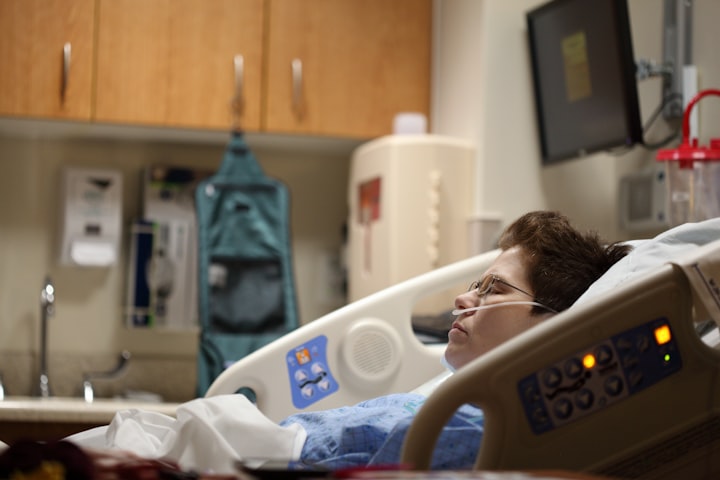The future of health care advancement and challenge
Telemedicine and patients remote monitoring

Revolutionizing Patient Care through Remote Control
Introduction
In recent years, telemedicine has emerged as a groundbreaking solution to bridge the gap between healthcare providers and patients. With the advancement of technology, the remote control capabilities of telemedicine have revolutionized patient care, offering convenience, accessibility, and improved outcomes. This article explores the impact of telemedicine's remote control on patients and highlights its benefits in transforming healthcare delivery.
Enhanced Accessibility and Convenience
One of the primary advantages of telemedicine's remote control feature is its ability to provide healthcare services to patients regardless of their geographical location. This feature is particularly beneficial for individuals residing in remote areas, where access to specialized healthcare services may be limited. With telemedicine, patients can remotely connect with healthcare professionals through video consultations, enabling them to receive expert advice, diagnosis, and treatment without the need for in-person visits. This accessibility eliminates the burden of traveling long distances, reducing costs and time constraints associated with traditional healthcare visits.
Improved Patient Engagement and Empowerment
Telemedicine's remote control capabilities empower patients to take an active role in their healthcare management. Through virtual consultations, patients can gain a better understanding of their health conditions, receive personalized guidance on self-care, and actively participate in shared decision-making with healthcare professionals. The ability to remotely monitor vital signs, such as blood pressure, heart rate, and glucose levels, enables patients to track their progress and make informed lifestyle adjustments. This engagement fosters a sense of ownership over one's health, leading to improved treatment adherence and overall patient satisfaction.
Efficient Chronic Disease Management
For patients living with chronic diseases, telemedicine's remote control becomes a lifeline. Regular monitoring and management of chronic conditions are essential to prevent complications and ensure optimal health outcomes. With remote control features, healthcare providers can remotely access patient data and adjust treatment plans accordingly. Patients can use wearable devices and smartphone applications to track and share their health information, including symptoms, medication adherence, and lifestyle habits. This real-time data exchange enables healthcare professionals to detect potential issues promptly, provide timely interventions, and offer personalized support to manage chronic diseases effectively.
Timely and Streamlined Emergency Care
In emergency situations, telemedicine's remote control capabilities play a crucial role in delivering timely care. Remote consultations enable healthcare providers to assess the severity of the condition, provide initial triage, and guide patients on the necessary steps to take before reaching the emergency room. This feature proves particularly useful in situations where immediate access to healthcare facilities is limited or when transportation to a hospital may cause unnecessary delays. Remote control empowers healthcare professionals to remotely coordinate emergency response teams, guiding them in critical decision-making and potentially saving lives.
Continuity of Care and Follow-up
Telemedicine's remote control features facilitate seamless continuity of care and follow-up appointments for patients. After an initial in-person consultation, patients can utilize remote consultations for routine check-ups, medication reviews, and post-treatment follow-ups. This feature is particularly valuable for individuals with mobility limitations, elderly patients, or those managing multiple health conditions. Remote control ensures that patients receive ongoing support, timely interventions, and necessary adjustments to their treatment plans without the need for frequent hospital visits.
Challenges and Future Considerations
While telemedicine's remote control capabilities offer numerous benefits, there are some challenges that need to be addressed. Reliable internet connectivity and access to appropriate technology remain barriers for certain populations, especially in underprivileged areas. Additionally, ensuring the security and privacy of patient data during remote consultations is paramount to maintain patient trust and compliance with regulatory standards.
To fully harness the potential of telemedicine's remote control, ongoing advancements in technology infrastructure, interoperability, and user-friendly interfaces are necessary. Continued collaboration between healthcare providers, policymakers, and technology developers is essential to overcome these challenges and create a sustainable telemedicine ecosystem.





Comments
There are no comments for this story
Be the first to respond and start the conversation.